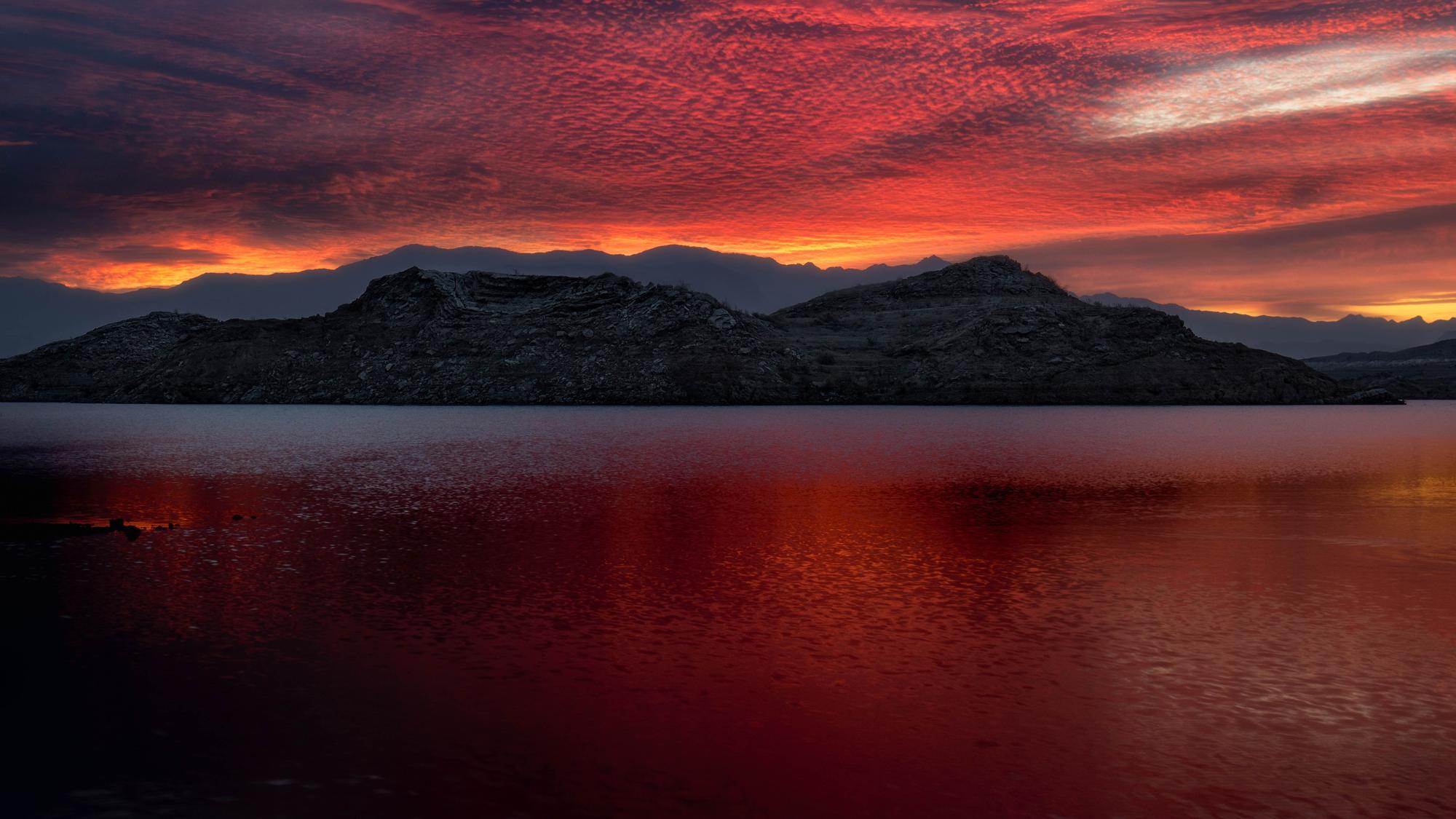Why Cannabis and Nature Pair Perfectly at Lake Mead
For many of today’s cannabis consumers, Lake Mead has become more than a stunning desert escape.
Keeping Lake Mead Clean: Responsible Cannabis Consumption
Lake Mead stands as one of Southern Nevada’s most iconic outdoor escapes, drawing millions of visitors for hiking, boating, fishing, and desert sightseeing.
Climate Impact on Lake Mead: Environmental and Economic Challenges
Lake Mead, nestled in the stark beauty of Nevada near Las Vegas, is not only a popular destination for camping, hiking, and boating enthusiasts but also a vital water resource facing significant environmental challenges.

